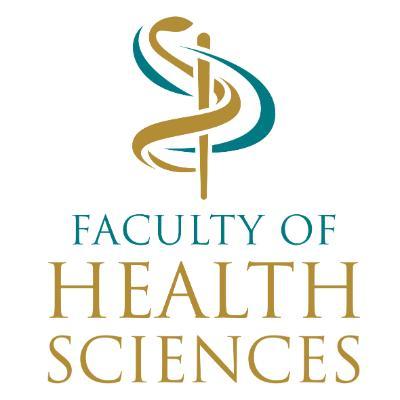Teaching and Learning Goes 21st Century at Wits
-
To address some of the challenges of tertiary education today, Wits is pioneering a student-centred adaptive learning environment called the eZone.
To address some of the challenges of tertiary education today, Wits is pioneering a student-centred adaptive learning environment called the eZone. It’s aimed at revolutionising traditional didactic teaching and learning methods so that health sciences and education students become highly tech savvy and can apply their knowledge directly.
As a result, the once cooking and sewing laboratory of the Home Economics department has been transformed into space set to disrupt lecture theatre rigidity. The launch of the eZone sees students who are studying to become nurses, teachers, occupational therapists, physiotherapists and pharmacists come together in a vibrant high-tech learning space.
According to Sandra Khan a third-year Occupational Therapy student, “A lot of what we deal with in OT as a profession is making things accessible. Where technology resources are concerned not everyone has a laptop or access to Wi-Fi and so it is nice that you don’t have to pay for a laptop; you can just come and use one here in the eZone, as long as you have your student card. This is an easy space for groups to meet; you are not restricted as much as being in a library because there you have to be quiet. The eZone is a nice, chilled, comfortable space to do work and meet as groups. It is easier to get work done!”
Power failures, protests and disruptions, and digital apartheid have plagued the day-to-day academic activities in Higher Education. Now the eZone offers mobile technology and high-speed wireless connectivity, ensuring that students have equal and continuous access to learning resources and activities.
“It is not just about the space,” says Paula Barnard-Ashton, manager of eFundanathi (Learn with Us). “It is about transforming the curriculum to meet the students’ learning needs, upskilling lecturers in using blended learning, and integrating the efficiencies that software can have on our academic and research output.”
Recent studies by Barnard-Ashton, Koch and Rothberg as well as [full name at first] Ravat, Barnard-Ashton and [full name at first] George have shown that using 21st century blended learning meaningfully improved the academic performance of occupational therapy and physiotherapy students, consistently increasing the pass rates by more than 10%.
Through e-Learning, study costs can be significantly reduced by limiting outlay for textbooks. Students’ access to learning materials is improved, and effective teaching occurs in an environment that allows for rapid innovation.
Through group collaboration, lecturers are able to teach growing numbers of students while the environment allows for each student to have a voice in a large class
The outcome of applying new pedagogy like this has a long-term impact too. Next generation educators, nurses, occupational therapists, physiotherapists, pharmacists, pharmacologists, biokineticists and sports scientists will be equipped with critical thinking skills, and feel at home in the high-tech world of work.
The eZone paves the way to further innovation in terms of online learning, virtual learning and simulation, ultimately to telescience and education.

